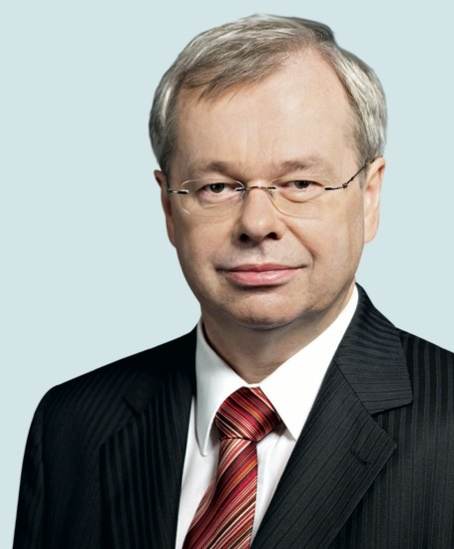 23-09-2019
23-09-2019
Gap between price & loss experience will narrow further: Jeworrek, Munich Re

 Insurance Alertss
Insurance AlertssGap between price & loss experience will narrow further: Jeworrek, Munich Re

The reinsurance market has faced a fundamental gap between the softening of prices and actual loss experience over the last decade, a gap that has now begun to close but needs to narrow further, according to Torsten Jeworrek of Munich Re.
The board member of the major global reinsurance firm believes that pricing declined far too low over recent years, as the reinsurance market underwent a period of sustained softening.
In fact, Jeworrek believes that pricing has fallen to a level where it no longer covered expected loss costs, hence after the experience of major catastrophes the following rise in rates is expected to be sustained. Speaking in Monte Carlo at the 63rd Rendezvous event, Jeworrek explained, “What we have seen in reinsurance is a worldwide stabilisation of rates. So we have hardly any lines of business where rates deteriorated in the last 12 months.
“Why did this happen? Because of the performance of our industry.”
In addition he said there has been a direct reaction to the large catastrophe losses of the last two years as well, which hardened rates in regions that had been most affected, particularly Asia, the Caribbean and United States. He continued, saying that this isn’t the full story though, as the insurance industry is firming up its rates too. “We also saw for the first time now very good and mentionable rate increases on the primary side. This is a new picture, I would say.
“And where did it happen? Mainly in the United States and in many lines of business in the United States, which is the most important insurance market in the world. And also in global specialty lines – marine, aviation, and maybe space. These global lines suffered individually large losses and these prices now are a consequence of this performance,” Jeworrek said.
The question now is where rates will head over the next twelve months or more, he explained, saying that in his view the reasons for rate firming are more “fundamental” in nature this time around. He continued, “The underlying fundamental reason why we saw these price increases was the gap which increased over more than 10 years, between price reductions on one hand and increasing loss trends on the other hand.
“This gap was partially closed, but it has not been closed yet and therefore my expectation is that we will see a further stabilisation and price increases in reinsurance and we will also see an ongoing trend on the primary side.” It’s interesting as we’ve always said pricing should be driven by a number of key factors. Rates need to cover the cost-of-capital of the underwriters or capacity, loss costs and loss cost trends, and enterprise costs or expenses.
Here, Munich Re is suggesting that much of the world saw pricing fall below where loss trends really needed it to be, which after a decade that lacked a major hurricane hitting the United States is perhaps no surprise. Hence, the view of the major reinsurer is encouraging for rates in January and may suggest that the continued firming the market is hoping for becomes reality.
However, it’s worth pointing out that rates in Europe are considered below loss costs for many, particularly the ILS or capital market who of course tend to operate at a lower cost-of-capital and expense rate, while the big reinsurers continue to soak up that business to sustain market-share. One underwriters view of rates and whether they are covering loss costs and trends is not the same as another’s it seems. But the outlook is certainly looking healthier for now, with rates and their direction looking much healthier in some regions of the world.
Jeworrek explained, “This is a better picture than a year ago. Why is it better? Because it’s easier and healthier if the whole industry desires profitability and not if one party tries for profitability on the back of the other. “So our expectation is unchanged. Further firming and increase of rates, particularly in affected segments.”
Source: Artemis